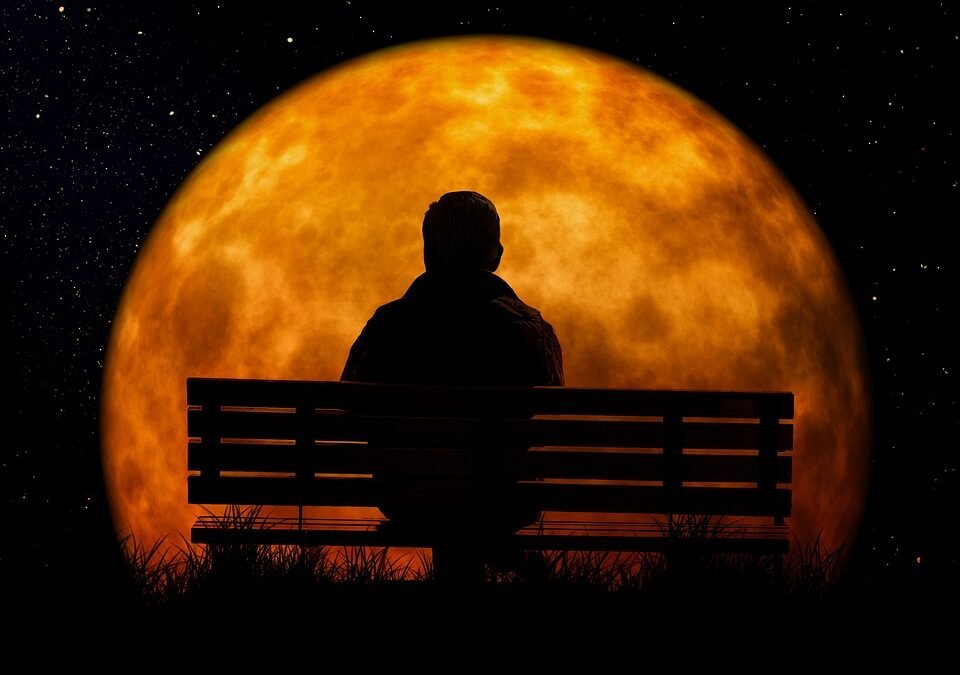The Rise of Generative AI Art: How artificial intelligence is Revolutionizing the Art World
Introduction
Artificial Intelligence (AI) has been making significant strides in various fields, and the art world is no exception. With the advent of Generative AI, a new form of art has emerged, blurring the lines between human creativity and machine intelligence. Generative AI art is revolutionizing the art world, challenging traditional notions of authorship, creativity, and aesthetic appeal. This article explores the rise of generative AI art, its impact on the art world, and the questions it raises.
The Basics of Generative AI Art
Generative AI art refers to artwork that is created with the assistance of artificial intelligence algorithms. These algorithms use machine learning techniques to analyze vast amounts of data, learn patterns, and generate new content based on that knowledge. In the context of art, generative AI algorithms can analyze existing artworks, learn their styles, and then generate new artworks that mimic or extend those styles.
This form of AI art creation has gained popularity due to its ability to produce unique and captivating pieces that challenge human imagination. Generative AI art blurs the boundaries between human and machine creativity, often leaving viewers in awe of the artistic capabilities of AI algorithms.
The Impact on the Art World
The rise of generative AI art has had a profound impact on the art world, bringing both excitement and controversy.
1. Expanded Creativity
Generative AI art has expanded the creative possibilities for artists. With AI algorithms capable of analyzing and mimicking various artistic styles, artists can explore new avenues and experiment with different techniques that were previously unimaginable. This has led to the creation of unique and innovative artworks that challenge traditional notions of creativity.
2. Redefining Authorship
Generative AI art has sparked debates about authorship in the art world. Traditionally, the artist is considered the sole author of an artwork. However, in generative AI art, the artist plays a dual role as the creator and the facilitator of the AI algorithm. The AI algorithm itself becomes a co-creator, raising questions about the extent of human contribution and the role of machines in the creative process.
3. Preservation and Reproduction
Generative AI art has also raised questions about the preservation and reproduction of artworks. With AI algorithms capable of generating infinite variations of an artwork, the notion of a single, unique piece becomes blurred. This challenges the traditional art market, which values scarcity and uniqueness. Additionally, the digital nature of generative AI art allows for easy reproduction, potentially undermining the traditional concept of owning an original artwork.
4. Ethical Considerations
The use of AI algorithms in art creation has sparked ethical discussions. Some argue that AI art diminishes the value of human creativity and craftsmanship, reducing art to a mere algorithmic output. Others argue that AI art opens up new possibilities for collaboration between humans and machines, pushing the boundaries of artistic expression.
FAQs
Q1: Can AI algorithms replace human artists?
A1: AI algorithms can assist artists in generating unique artworks, but they cannot replace human artists entirely. The human element of creativity, emotion, and personal experiences cannot be replicated by machines.
Q2: Can generative AI art be considered authentic?
A2: The authenticity of generative AI art is a subject of debate. While AI algorithms can generate visually appealing and aesthetically pleasing artworks, the question of whether they possess true artistic intent and originality remains open.
Q3: How does generative AI art impact the art market?
A3: Generative AI art challenges the traditional art market by blurring the lines between original and reproduced artworks. The digital nature of generative AI art allows for easy reproduction and raises questions about the value of owning an original piece.
Q4: Are there any legal implications surrounding generative AI art?
A4: The legal implications of generative AI art are still evolving. Issues such as copyright, ownership, and attribution are being debated as AI algorithms become more prevalent in the art world.
Conclusion
Generative AI art is revolutionizing the art world by expanding creative possibilities, redefining authorship, challenging traditional art markets, and raising ethical considerations. While AI algorithms can generate visually stunning artworks, they cannot replace the unique human element of creativity. The rise of generative AI art sparks intriguing discussions and paves the way for new forms of artistic expression.

